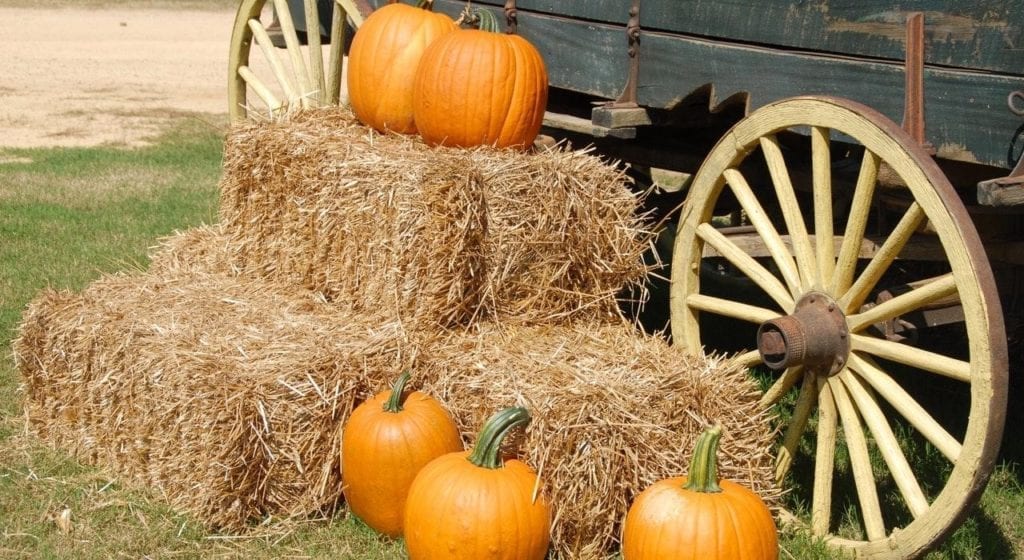If you are a keen gardener, fall is one of the seasons where you take an interest in your garden. After all, it’s the changing season, and you have to prepare for shorter days and long cold nights. Winter can be unforgiving if you are not ready so if you want to enjoy your garden for longer, you’ll want to prepare it in autumn.
It’s also time to make your spring garden through planting foliage and making raised beds. The essence here is for you to have a smooth time when spring comes knocking. You’ll have plenty of time to prepare for leaf collection. Trust that a leaf blanket will cover your lawn soon enough in fall.
 Amend your garden soil
Amend your garden soil
Your garden loses most of its nutrients in winter. You’ll want to till the garden and add all the organic fertilizers you want during this time. It should allow more oxygen to penetrate the deeper layers. Adding fertilizers and nutrients at this period saves you the hassle of doing it during planting season. What’s more, the nutrients have some time to sit and release their supplements to the soil during this stage.
Compost and manure give the soil the benefits of being readily available to the plant after you plant if it has sat on the ground for some time. What better way to carry out this procedure than in autumn? Your lawn, will thank you later when it’s winter since it remains green and free from pest and disease infections since it has a healthy foundation.
Create your Compost and Mulch
Mulching is best done during this beautiful time. As you collect the leaves in autumn, it’s best you take advantage of the fresh fall. Covering your lawn with these leaves preserves the soil’s moisture. But if the soil is all cracked, compact and crusty, you’ll want to invest some time in creating your compost.
It is the process of making humus through a compost pit. After you have created your compost heap from decomposable materials like cuttings, straw, vegetable peelings and even sawdust, you are ready to replenish your garden come spring.
Build a Raised Garden Bed
This is your perfect place when you want to grow veggies in fall. Putting one together is quite simple when you have the right materials. It’s always good that you use top soil to supply your plants with the correct nutrients as they start their growth.
Cut out the Perennials
Most trees and flowers can survive throughout the year that’s why it’s essential that you don’t have them dominate your garden in winter. Prune the trees to improve growth and health when the sun shines. Your fruit trees should also benefit immensely from pruning.
Dig out the Seasonal Flowers
With the vibrancy they bring during the summer months, flower plants cannot withstand the harsh winter weather. Since they are easy to re-grow at the beginning of spring, it’s always good to uproot them and make them part of your compost.
Kill the Weed
When it comes to keeping your lawn sparkly, weeds have no place on your lawn. Fall is the best time to get down working and removing every inch of it from the root. Remember that if you are going to fertilize your garden, weed can be quite a liability if you allow it to grow along with the grass. Come winter; it can grow to high heights which spread disease and kill your flowers.
Manage Soil Erosion by Planting Cover Crop
Winds, rain, and blizzards during winter can create a high runoff of soil. To preserve your top soil; make it an important mission to plant cover crops in areas where you feel are most susceptible to soil erosion. A good example of a cover crop is the Hairy Vetch which is a nitrogen-fixing plant. It not only acts as a good soil protector but it also attracts pollinating insects, reduces weeds and improves soil fertility. And, it adds a splash of color during fall after you have uprooted the seasonal flowers.
 Prepare for Leaf Removal
Prepare for Leaf Removal
As much as you can cover your garden with mulch towards the end of fall, you cannot escape leaf blowing when the leaves start falling in plenty. If left to accumulate, leaves attract disease and rodents which can damage a beautiful lawn. If you can’t see the grass through the leaves, it’s time you grab a blower.
The best leaf blower will save you hours of using a rake and broom. Better still, a good one can do the mulching properly, so you don’t have to collect bags of leaves. Here are a couple of the best backpack leaf blowers on the market.
If you are handling large volumes of leaves on a vast area, we urge you to invest in a blower up to the task, such as heavy-duty cordless leaf blowers. You don’t have to hassle in trial and error when scanning the market.
Clean the Garden
Finally, take care of your garden by clearing decaying leaves from gutters, collecting debris like broken glass, and storing tools in proper indoor spaces.
The moisture and humidity which follows the autumn and winter months can cause corrosion on lawn equipment. And, remember, a well-prepared garden is a step to a hassle-free winter and spring season.
————
Oliver’s home is at WonderlandGardens. As a DIY enthusiast for more than 10 years, he writes about various garden and home improvement techniques, along with reviewing the top brands in the garden/home improvement industry.











